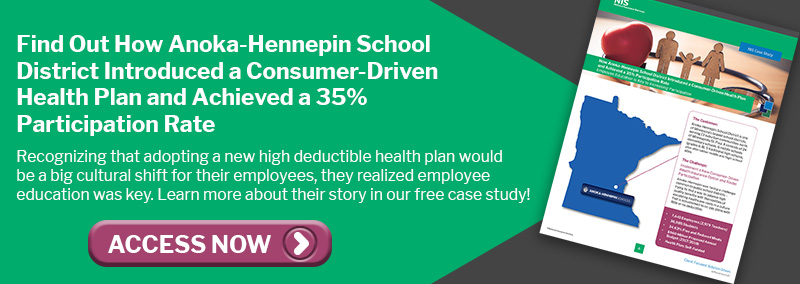3 minute read
Public sector organizations with group health plans should be aware of changes to the Affordable Care Act (ACA) requirements that take effect in 2025.
Cost-Sharing Limits
A health plan’s out-of-pocket limit for essential health benefits (EHB) may not exceed the ACA’s 2025 limit: $9,200 for self-only and $18,400 for family coverage. This applies to all non-grandfathered group health plans. Out-of-pocket expenses for EHB must count toward this limit, excluding premiums and noncovered services. For HSA-compatible HDHPs, the 2025 out-of-pocket maximums are $8,300 for self-only and $16,600 for family coverage.
Health Flexible Spending Account (FSA) Limits
For health FSAs, check to make sure its contribution limit for 2025 doesn't exceed the ACA's adjusted cap. For 2024, the limit is $3,200. The 2025 limit is $3,300.
If the health FSA allows carryovers, confirm the maximum carryover from 2025 to 2026 adheres to the adjusted limit. For 2024, the carryover limit is $640. The 2025 limit is $660.
Coverage Affordability Percentage
Health plan coverage is considered affordable if the employee's contribution to the plan remains within 9.5% of their household income for the taxable year. This affordability test focuses on the portion of the annual premiums for self-only coverage, excluding any additional costs for family coverage. In cases where an employer offers multiple health coverage options, the affordability test applies to the lowest-cost option that provides the minimum value.
To determine affordability, employers can utilize three optional safe harbors provided by the IRS. For plan years starting in 2025, the adjusted affordability percentage is set at 9.02%. This is an increase from 2024. As a result, employers may have more flexibility when setting employee contribution levels.
Employer Responsibility Penalties
If an employer is liable for an ACA penalty, the amount will need to be calculated. Depending on the circumstances, one of two penalties may apply under the ACA’s employer shared responsibility rules: the 4980H(a) penalty or the 4980H(b) penalty.
- Under Section 4980H(a), an ALE will be subject to a penalty if it does not offer coverage to “substantially all” full-time employees (and dependents) and any one of its full-time employees receives an Exchange subsidy. For 2025, the 4980H(a) monthly penalty is equal to the applicable large employer’s (ALE) number of full-time employees (minus 30) multiplied by 1/12 of $2,900 for any applicable month.
- Under Section 4980H(b), an ALE that offers coverage to substantially all full-time employees (and dependents) may still be subject to penalties if at least one full-time employee obtains an Exchange subsidy because the employer’s coverage is unaffordable or does not provide minimum value or the ALE did not offer coverage to all fulltime employees. For 2025, the 4980H(b) monthly penalty assessed on an ALE for each full-time employee who receives a subsidy is 1/12 of $4,350 for any applicable month. However, the total penalty for an ALE is limited to the 4980H(a) penalty amount.
Reporting Deadlines
For Sections 6055 and 6056 reporting, the following 2025 deadlines will apply:
- March 3, 2025: Individual statements for 2024 must be furnished by this date.
- March 31, 2025: Electronic IRS returns for 2024 must be filed by this date.
Download the 2025 ACA Compliance Checklist for detailed information. Employers should review these requirements and develop a compliance strategy. All health plan documents should be updated to reflect any new plan limits, and that information is communicated to employees during open enrollment time.

